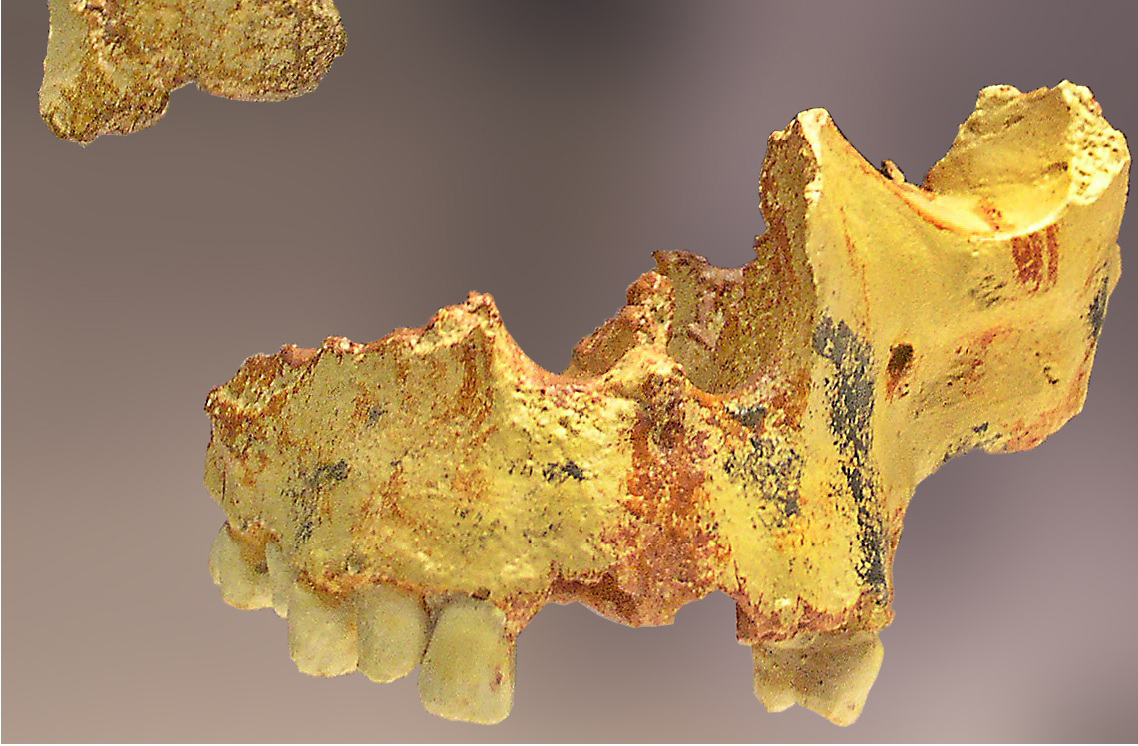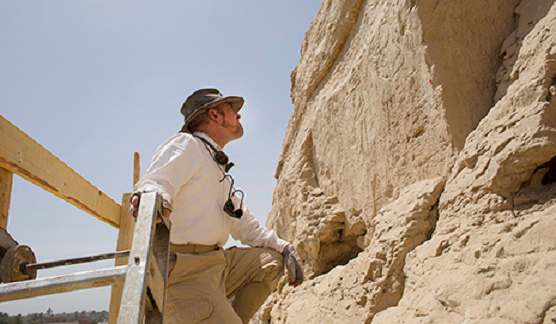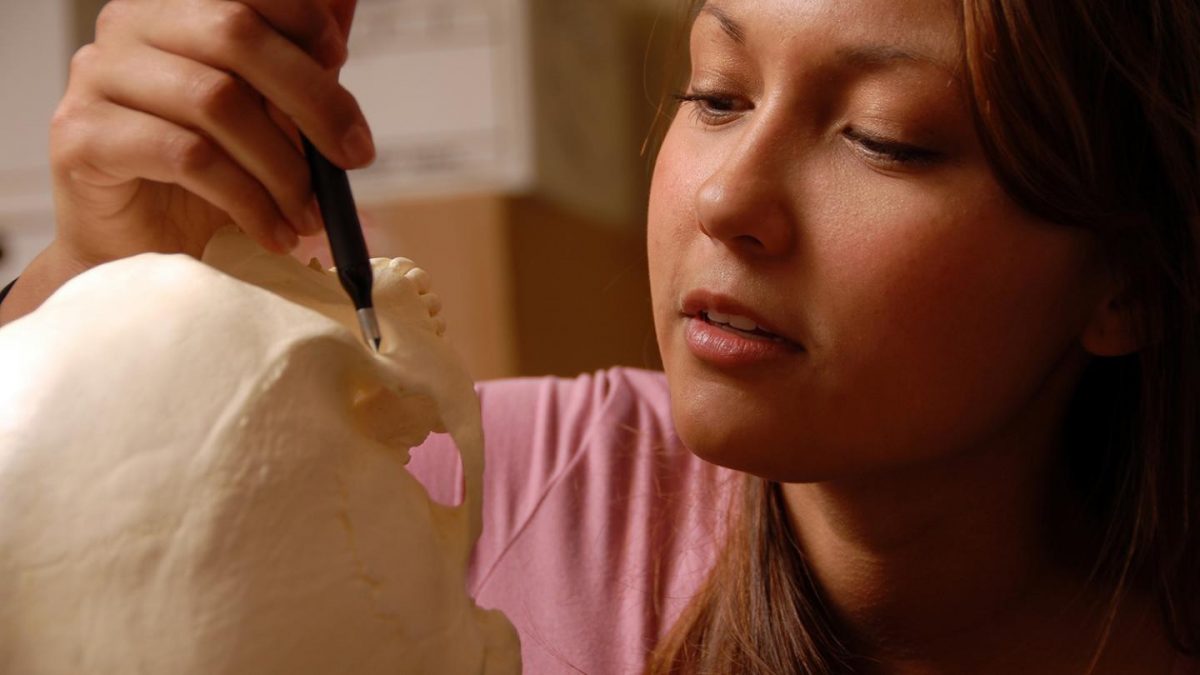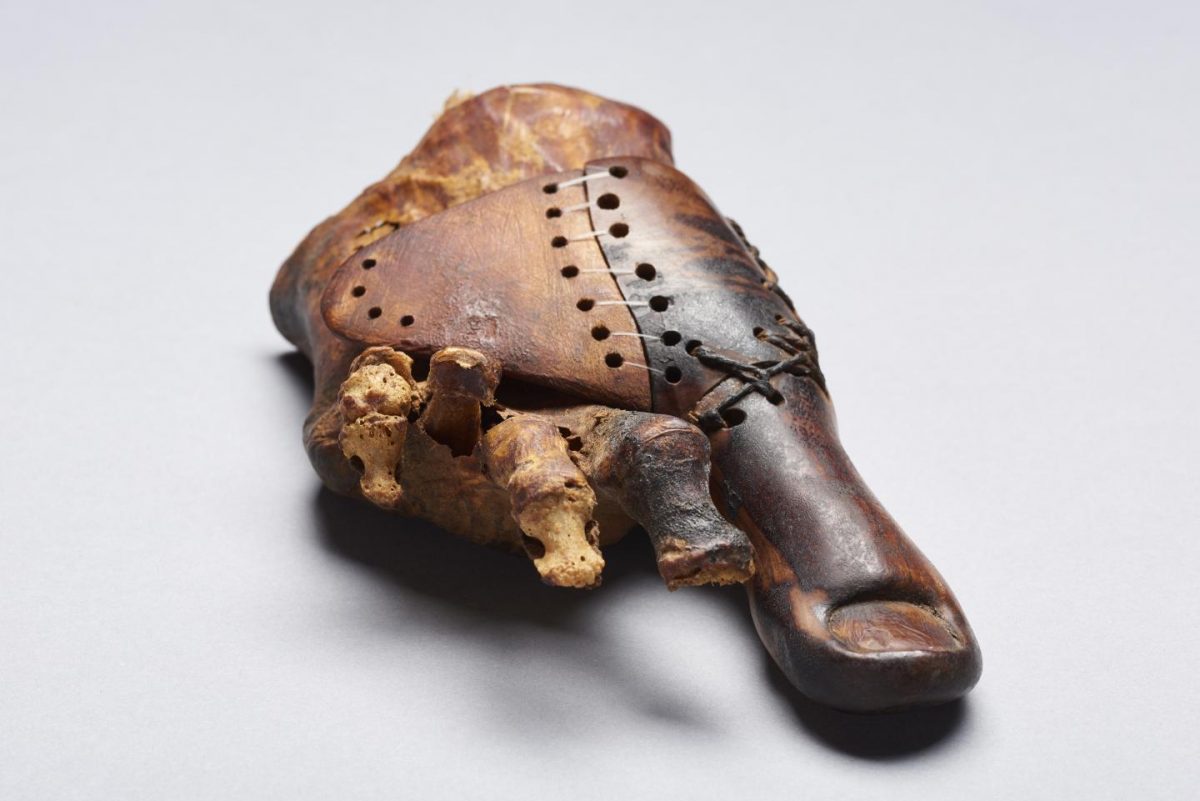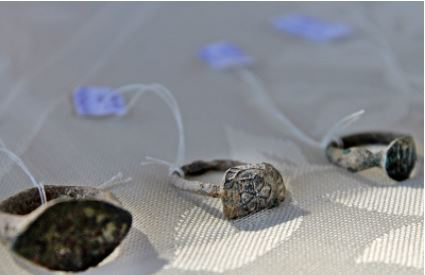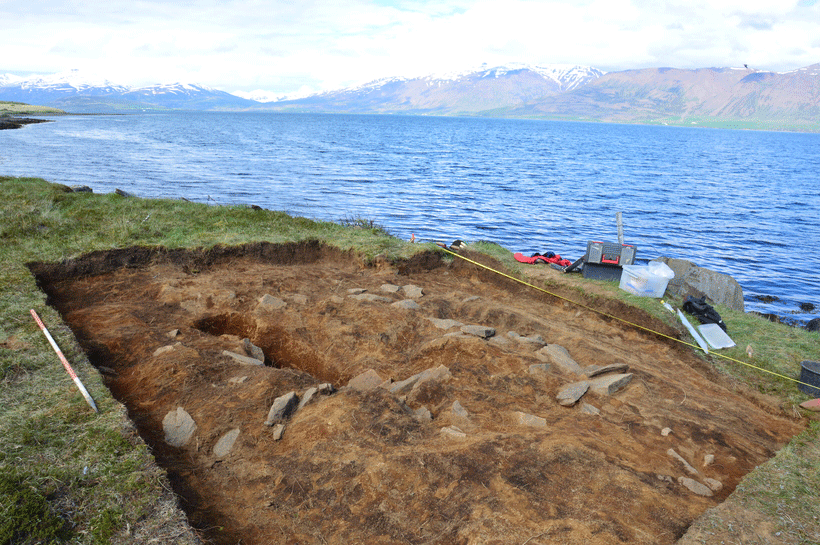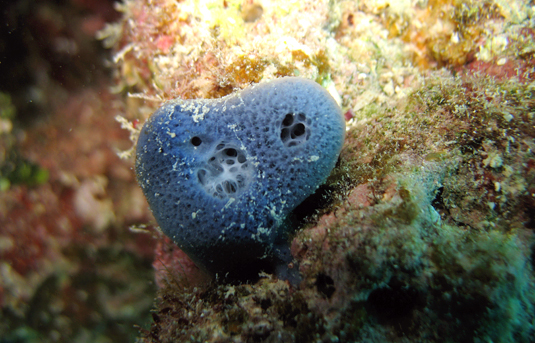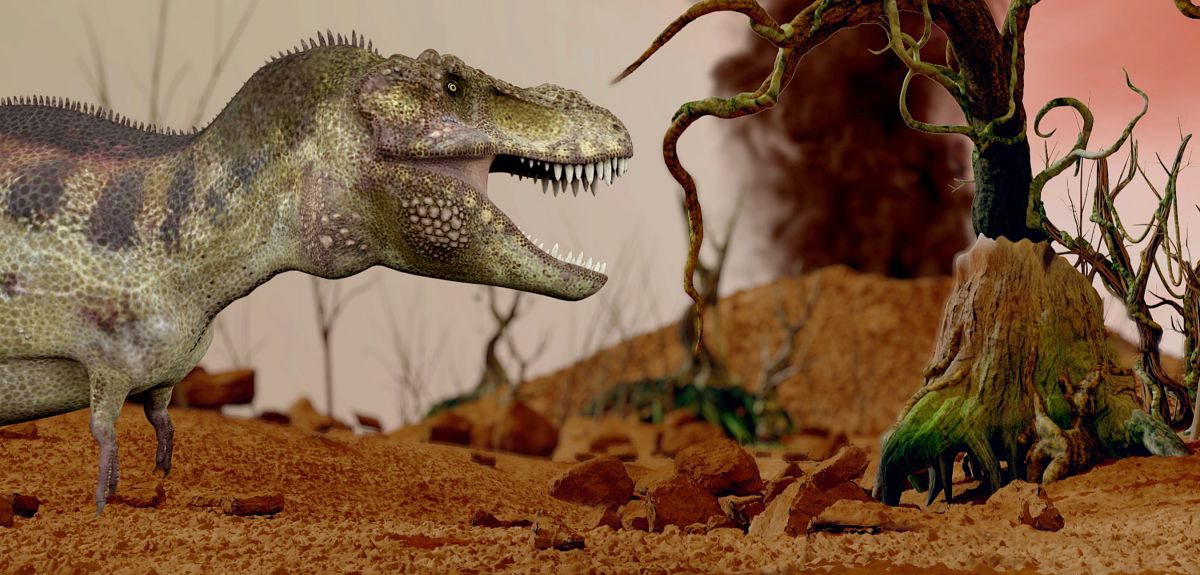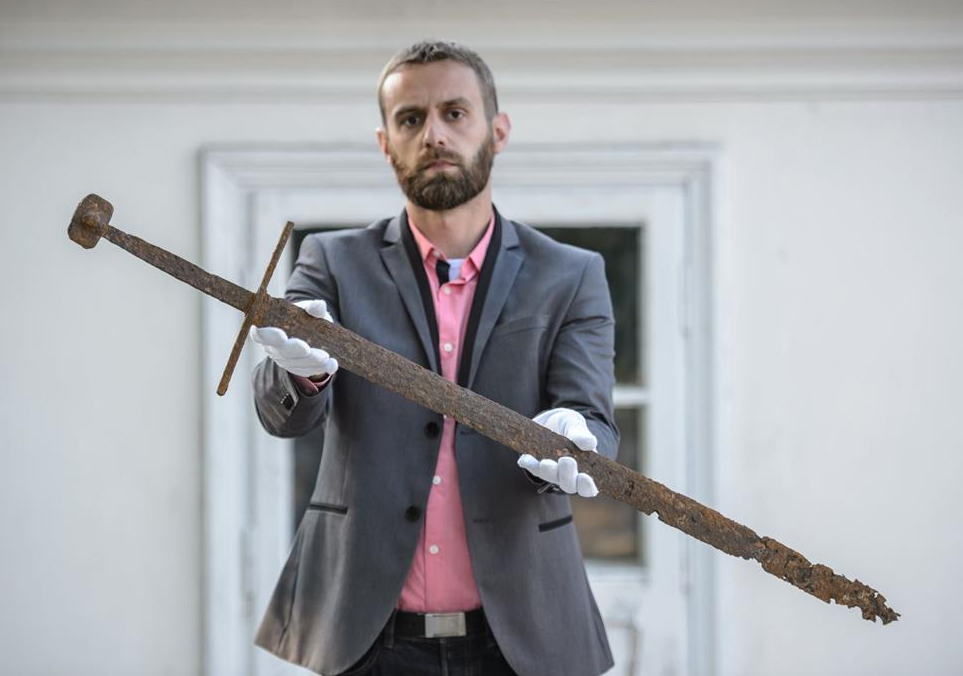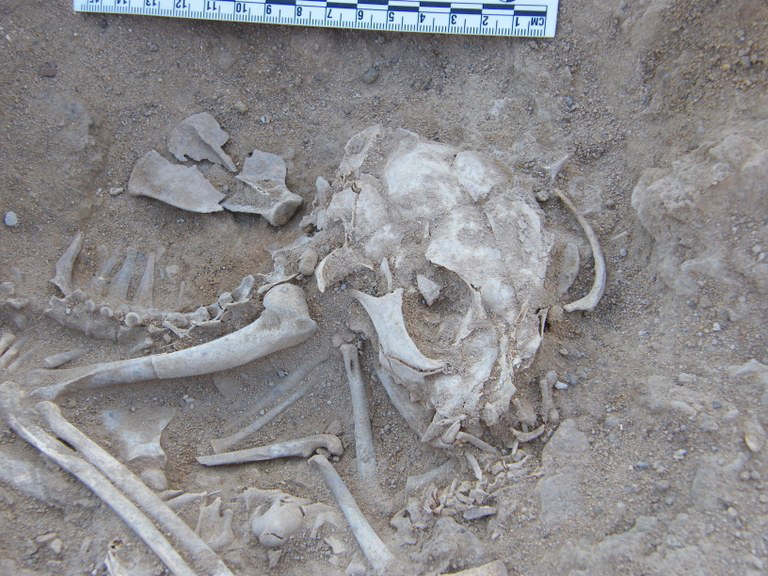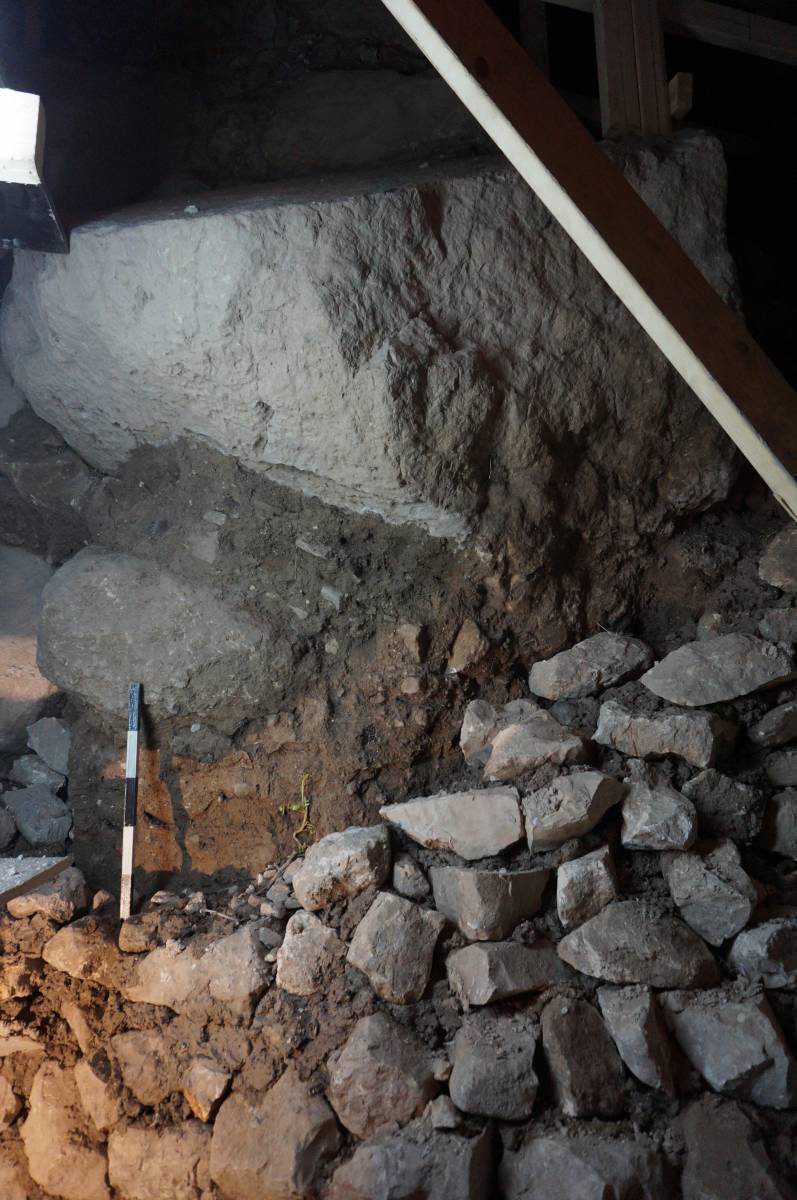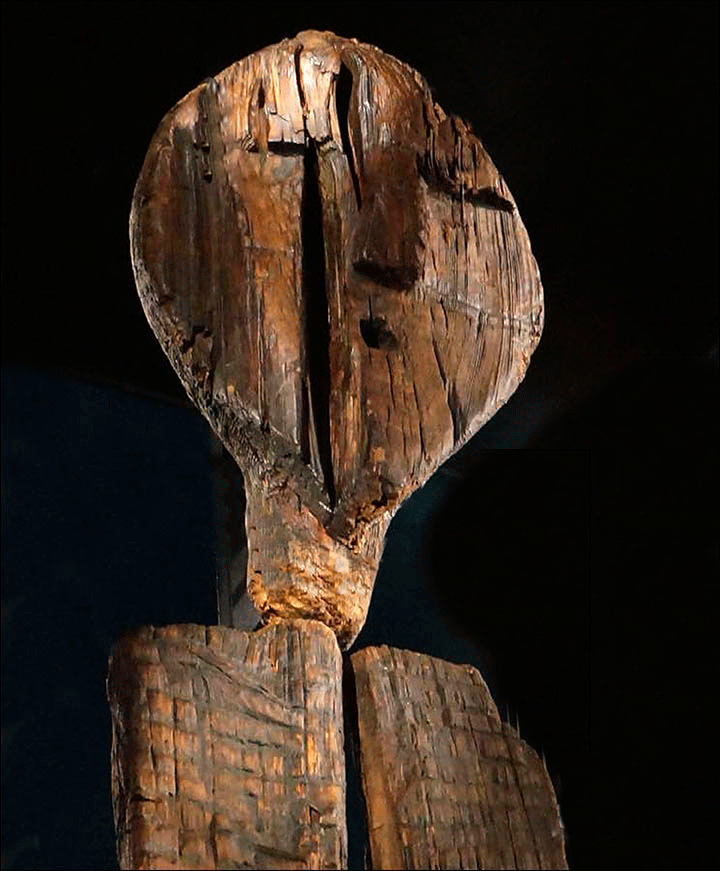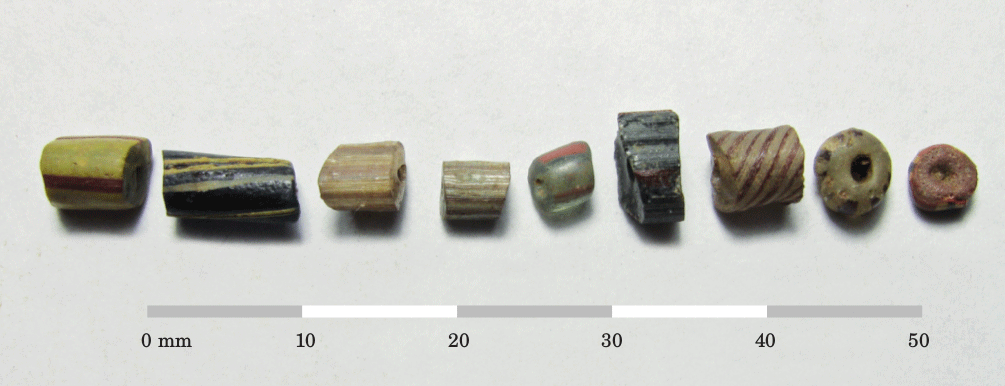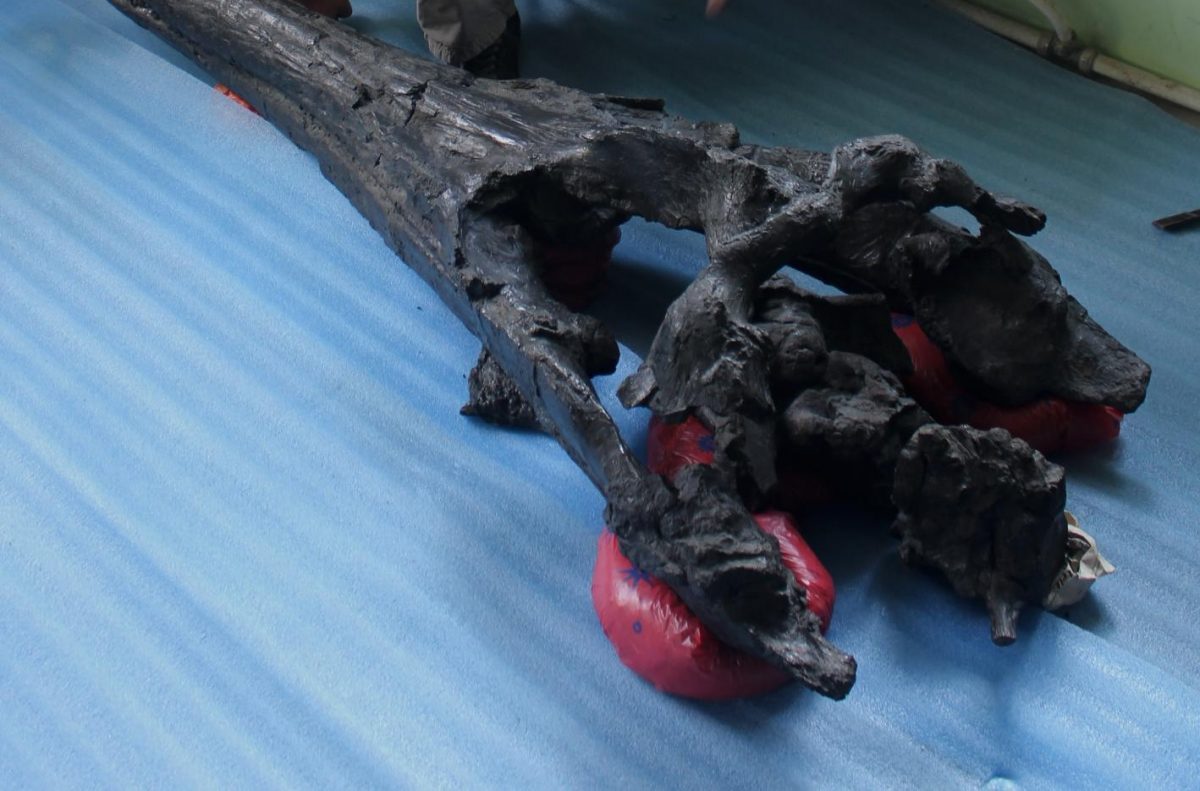Prehistoric ritual area around burial mound is discovered
Archaeologists have discovered that a prehistoric burial mound is surrounded by a cemetery of similar burials.
A new, interactive model of the Antikythera Mechanism
A new, interactive model of the Antikythera Mechanism is now part of the exhibition VOYAGE-Greek Shipbuilding and Seafaring from antiquity to modern times and the special section devoted to the most complex mechanism of antiquity.
Revealing the face of Tudor Dublin
Important new information about a series of burials, uncovered in July 2014, most significantly that all are of probable Tudor date (1485–1603).
New evidence on the diet of the Homo antecessor from Atapuerca
The ‘Homo antecessor’, a hominin species that inhabited the Iberian Peninsula around 800,000 years ago, would have a mechanically more demanding diet than other hominin species in Europe and the African continent.
Egyptian dignitary’s mummified head and brain have been reconstructed
Archaeologists and forensic specialists have reconstructed the face and brain of an ancient Egyptian mummy at the Egyptian Museum in Turin.
Archaeologists Discover Earliest Monumental Egyptian Hieroglyphs
Expedition exploring the ancient Egyptian city of Elkab has uncovered some previously unknown rock inscriptions, which include the earliest monumental hieroglyphs dating back around 5,200 years.
Ancient skulls shed light on migration in the Roman empire
Skeletal evidence shows that, hundreds of years after the Roman Republic conquered most of the Mediterranean world, coastal communities in what is now south and central Italy still bore distinct physical differences to one another.
Swiss Egyptologists study 3,000-year-old prosthesis
It is likely to be one of the oldest prosthetic devices in human history: Together with other experts, Egyptologists from the University of Basel have reexamined an artificial wooden big toe.
Tiny fossils reveal backstory of the most mysterious amphibian alive
Researchers have determined that the fossils of an extinct species from the Triassic Period are the long-missing link that connects Kermit the Frog’s amphibian brethren to wormlike creatures with a backbone and two rows of sharp teeth.
An extraordinary 900-year-old collection of women’s jewelry was exposed in Modi’in
So just how did 900-year-old rings, bracelets, earrings and hairpins come to be in the kitchen of a Crusader fortress tower in Modi'in?
North Iceland sites yield Viking boat burials
Archaeologists in north Iceland have discovered boat burials at an excavation site dating to the Viking Age.
Hot start, followed by cold shock
New analyses suggest that the first animal phyla emerged in rapid succession – prior to the global Ice Age that set in around 700 million years ago.
Volcanic eruptions triggered dawn of the dinosaurs
Huge pulses of volcanic activity are likely to have played a key role in triggering the end Triassic mass extinction, which set the scene for the rise and age of the dinosaurs.
Medieval sword discovered at a peat bog
A completely preserved medieval sword from the 14th century has been discovered at a peat bog near Hrubieszów.
Ancient DNA reveals role of Near East and Egypt in cat domestication
DNA found at archaeological sites reveals that the origins of our domestic cat are in the Near East and ancient Egypt.
12th century Muslim city discovered in Ethiopia
Archaeologists have uncovered an ancient, forgotten city in Ethiopia once thought to be the home of giants.
Jerusalem Tower younger than thought
New research conducted at the Weizmann Institute of Science provides conclusive evidence that the stones at the base of the tower were laid nearly 1,000 years later than previously thought.
Drill holes in fossil shells point to bigger predators picking on small prey
The drill holes left in fossil shells by hunters such as snails and slugs show marine predators have grown steadily bigger and more powerful over time but stuck to picking off small prey.
Demetrius Poliorcetes: A monumental Hellenistic bronze restored
The Museo del Prado has restored the monumental bronze head from its permanent collection and has identified the subject as Demetrius I.
Carvings on Mesolithic idol were made with beaver jaw tool
New findings indicate that images and hieroglyphics on the Shigir Idol were carved with the jaw of a beaver.
Study indicates new evidence on West Africa glassmaking history
A new study claims that glass beads discovered in West Africa were constructed locally, in contrast to what was previously thought about glassmaking in the area.
Brewing Viking beer — with stones
Ancient bones and stones from trash heaps can tell complex stories.
The newly discovered Russian dinosaur named after Mongolian spirit
Study and description of a new genus and species of the ancient marine reptile, called pliosaur.
Multispectral imaging reveals ancient Hebrew inscription undetected for over 50 years
Using advanced imaging technology, Tel Aviv University researchers have discovered a hitherto invisible inscription on the back of a pottery shard that has been on display at The Israel Museum for more than 50 years.


